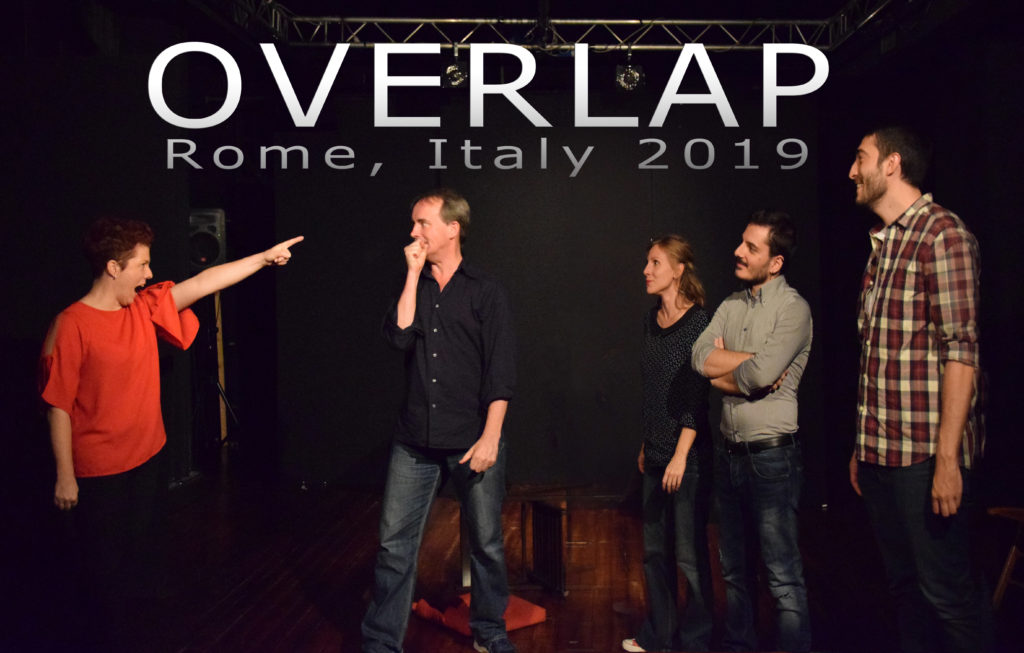Formats
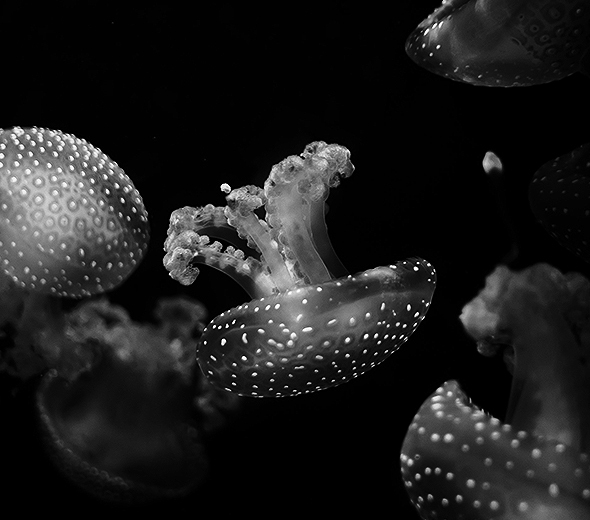
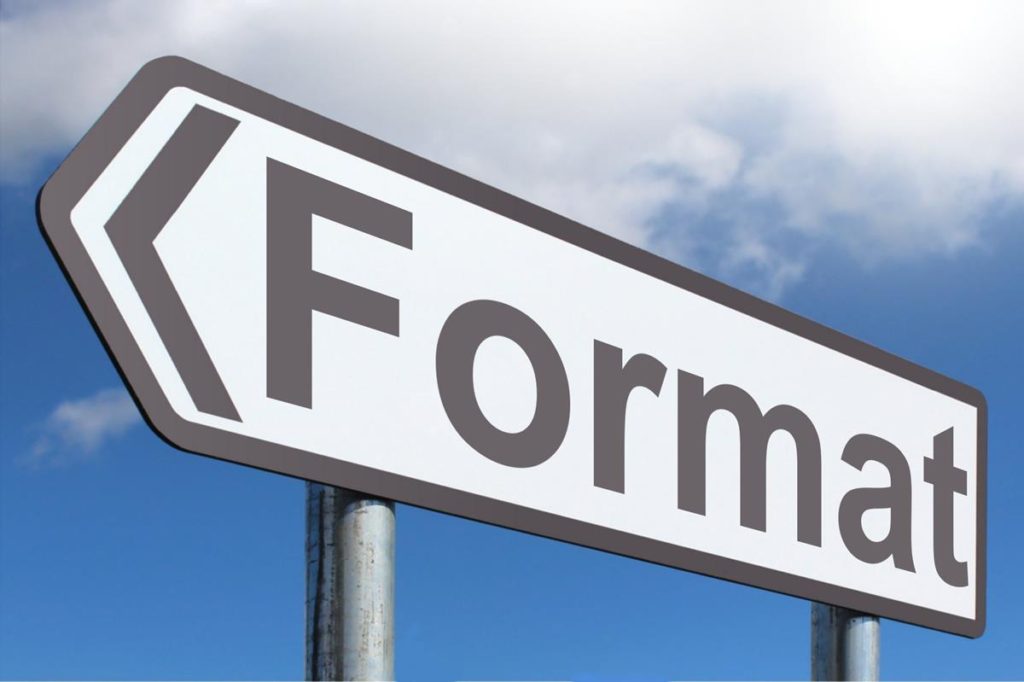
Formats developed Here...
A strongly held philosophy is that most great formats solve issues. They can be entertaining, they can be theatrical but they generally exist because there is a problem to be solved. Part of the School Philosophy is to learn how to create effective formats.... Specific examples below.
Formats
Definition
An improvisation Format is a structure that holds and molds the content of the performance. Performers work within the frame work and limitations of formats to present their ideas. Many "formats" are actually not formats at all. They are themes or premises with no real framework.
EXAMPLES
Theatresports:
Developed by Keith Johnstone and played globally. Theatresports is a much misinterpreted format by groups who restructure the original idea without respect to Johnstone's intent. One of the few licensed formats, Theatresports is being refined to it intended state by the licensing body International Theatresports Institute (ITI)
The Harold:
A loose structural format used in long-form improvisational theatre. Originated and first performed by "The Committee", a San Francisco improv group, in Concord, California, in 1967. Developed further by Del Close and others.
THE HOT SEAT
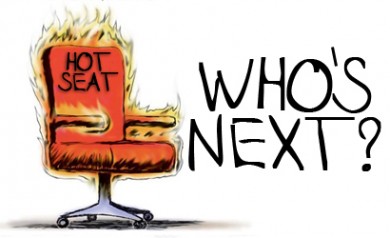
5 – 7 players direct each other in scenes they hope will inspire the audience. The audience judges who will be rewarded and who will be abandoned.
In the second half of the show, the surviving directors challenge each other to direct scenes based on specific topics.
One by one the Directors are eliminated as the audience is rewarded by the work they want to see
The SHELL GAME
entertains you with stories that feel like they have come from your very own life and challenges you with the task of seeing when you are being manipulated. Three people are invited to reveal their hidden secrets on stage. One must always tell the truth. One must always lie. Who knows what the third person will do? Not even the actors know until the final moments when the ultimate truth is revealed.

The SHELL GAME
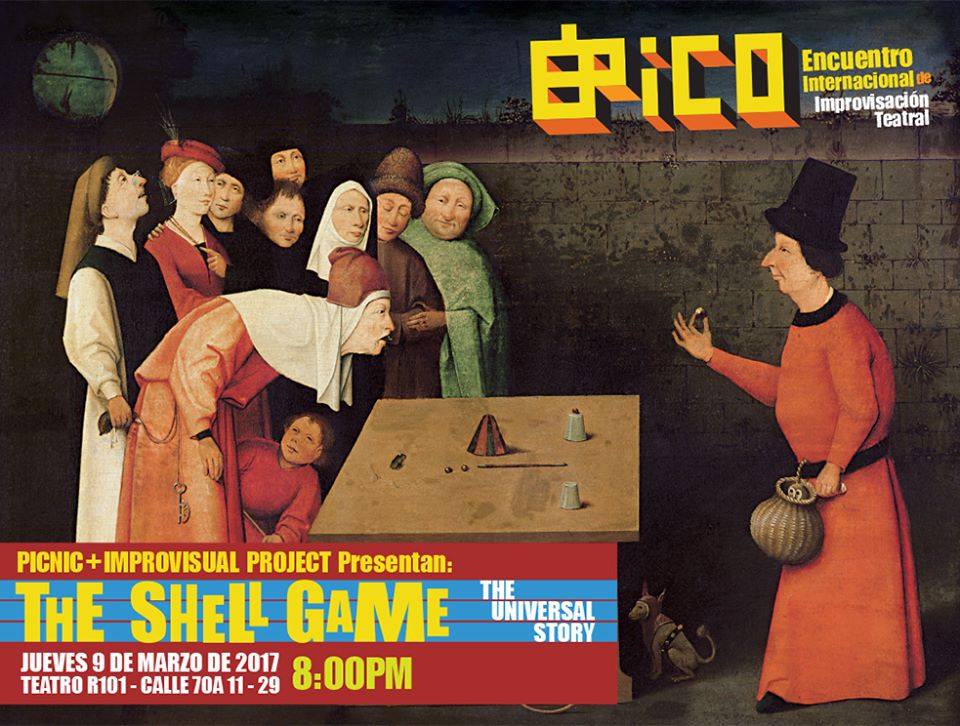

OVERLAP
The place where the Audience and the Performers overlap is the inspiration for stories based on the connections that we share.
